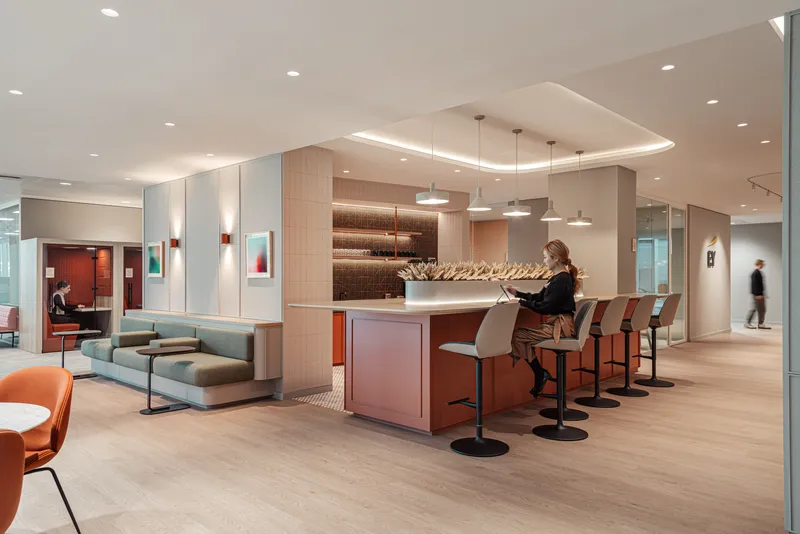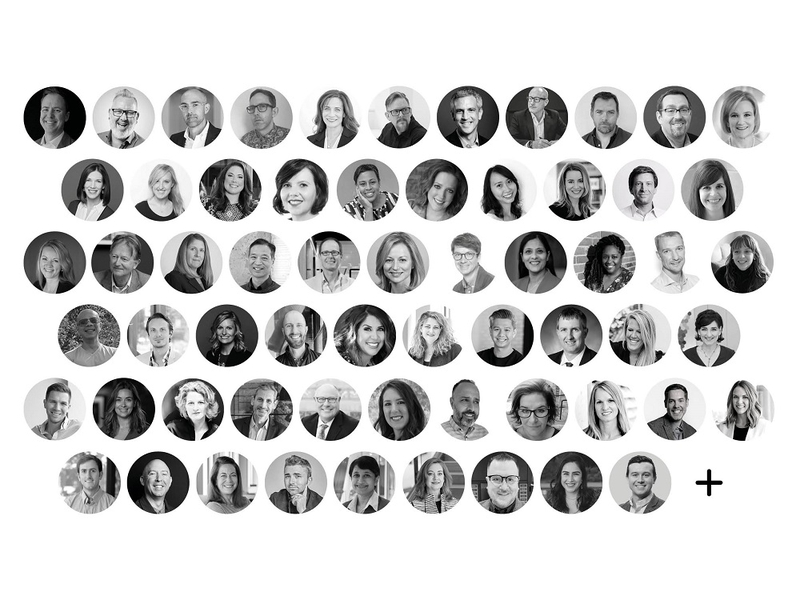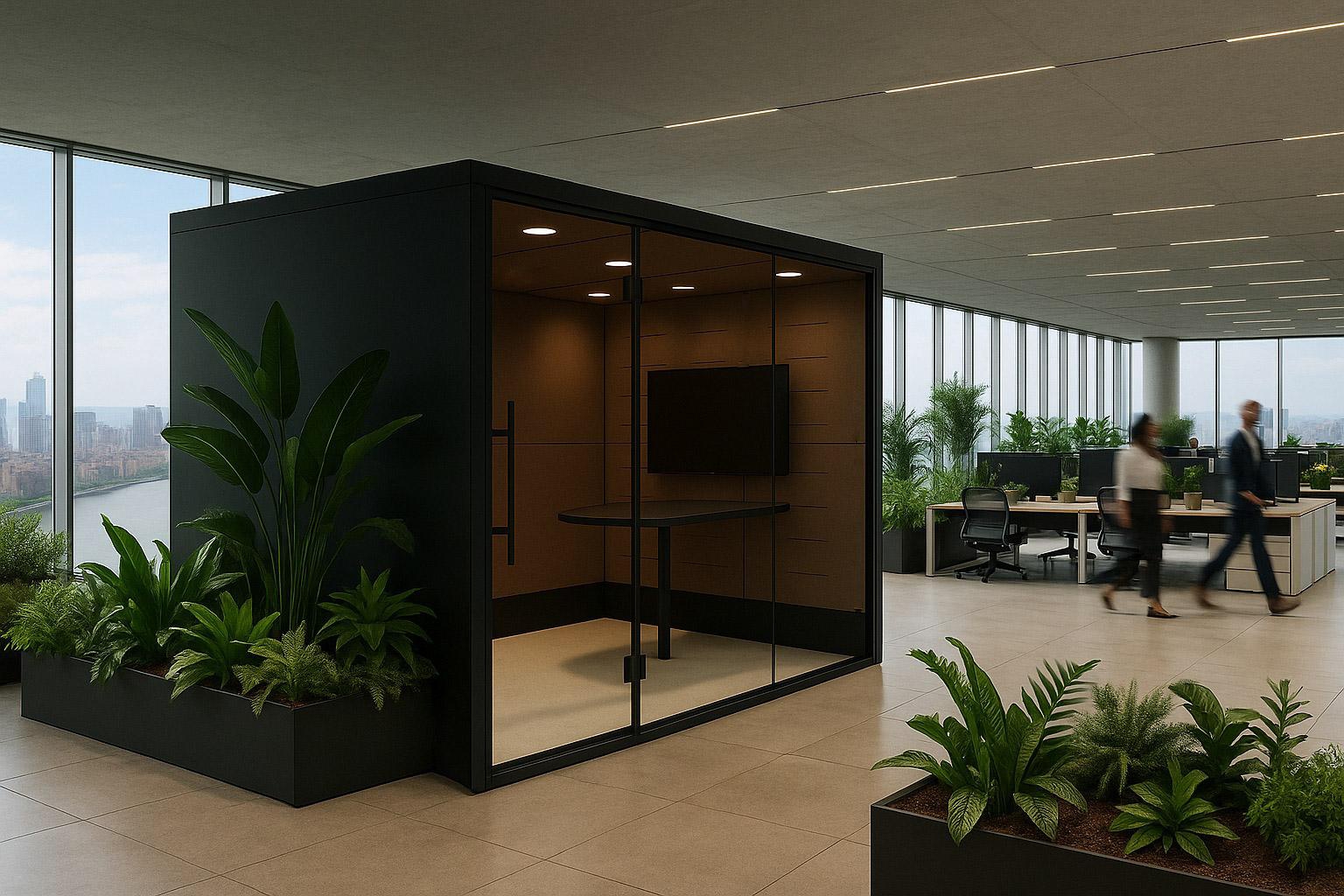
How do Sustainability Standard Scoring Systems Work?
Here at Spacestor, we are working on increasing the knowledge that we have, and can give clients accessibility to, around the following sustainability standards for commercial interiors: WELL, LEED, BREEAM, SKA and LBC. In this article, we go through how points, credits and levels are earnt for each of the standards, and the differences in requirements.
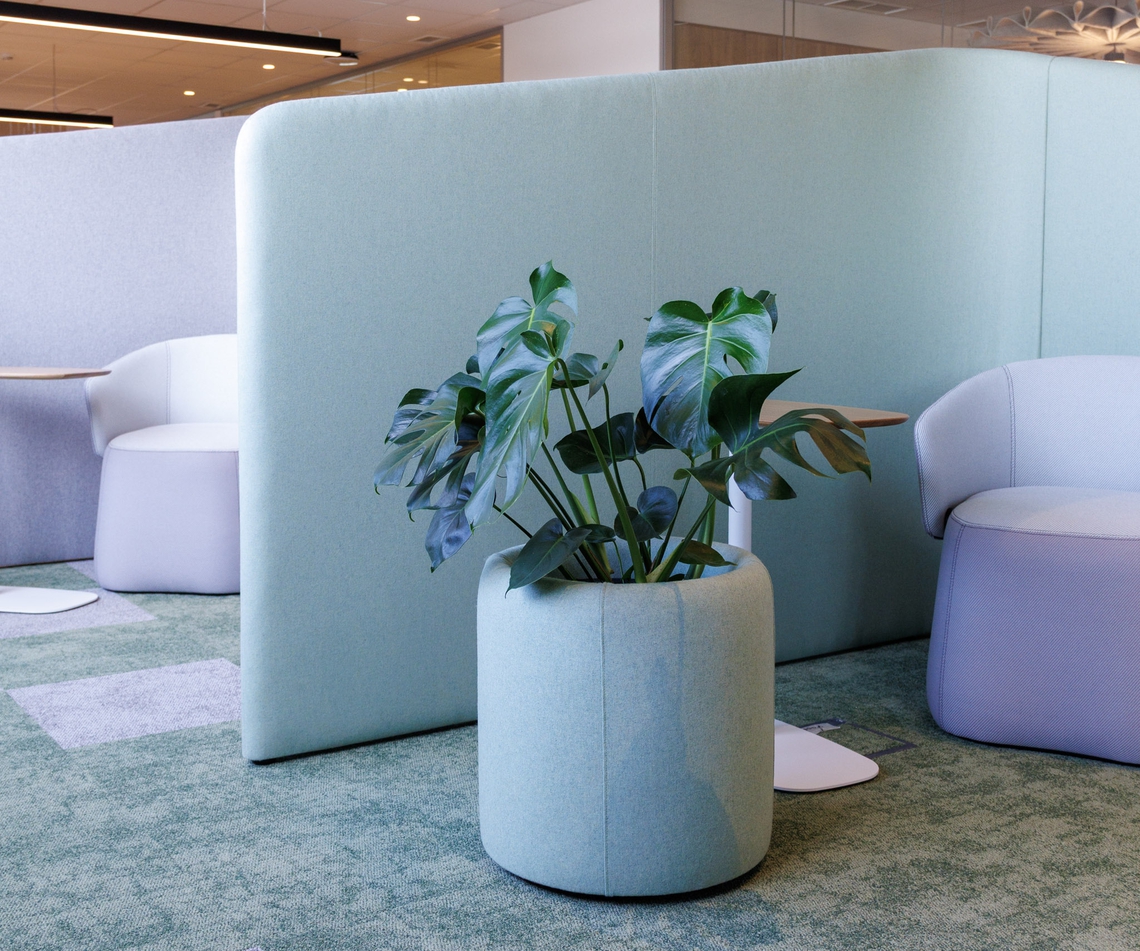
WELL
The objective of the WELL standard is to give all stakeholders involved in creating a space – from interior designers and architects to engineers and builders, and of course owners - an opportunity to make the best choice for promoting health and wellbeing in the workplace, by taking care of the people that use the spaces, as well as the surrounding environment. As outlined on the WELL website ‘We need water, air and light to survive. We need good water, good air and good light to thrive.'
The WELL standard uses a points-based wellness certification system, where each category (referred to as an optimization) can earn a specific number of points. A project can achieve a maximum total of 110 points. Points are awarded based on features that demonstrate a ‘potential for impact,’ which refers to whether a feature addresses a health and wellness concern or presents a new opportunity for promoting health. Some optimizations are dependent on others, meaning no points can be earned in certain areas unless points have already been secured in related optimizations. The levels of achievement within the WELL standard, ranked from lowest to highest, are as follows:
WELL Bronze Certification = minimum 40 points
WELL Silver Certification = minimum 50 points
WELL Gold Certification = minimum 60 points
WELL Platinum Certification = minimum 80 points
Another point to note when aiming for one of the higher WELL levels, is that a project must have a minimum of 2 points for each concept, to achieve Silver Certification or higher. However, at the Bronze level, there are not the same minimum requirements. The standard encourages human-centric design, and thinking outside the box, offering an additional 10 points for Innovation in exceptionally creative projects.

LEED
LEED focuses on aspects such as energy efficiency office design, water conservation, and sustainable materials selection, so it tends to link back to sourcing and the primary industries where product and project ingredients are collected.
LEED is a project-wide green building certification, which will look at everything in a project and award points based on how the entire project performs in relation to the criterion - Therefore, no singular product can contribute points to a project under LEED, but if the project has a minimum percentage of products that reach a standard with a specific feature, such as height-adjustable desks, they will be able to achieve points within that section of the scheme.
The certification level is dependent on the total number of points earnt:
LEED Certified = minimum 40 points
LEED Silver = minimum 50 points
LEED Gold = minimum 60 points
LEED Platinum = minimum 80 points

BREEAM
This standard assesses buildings across 9 core categories and one Innovation bonus, and each of these categories is weighted to reflect its importance. The highest weighted categories are Energy, Health & Wellbeing and Materials. Each category also has multiple sub-categories and credits, which has a set maximum score in it. The scores are then multiplied by the category weighting, and the total score of a project determines the level of achievement, which could be from a Pass through to Outstanding.
There are specified minimum credits in key issues, which vary by rating level and higher levels containing more minimum credits, so if you are looking to achieve a level, make sure you have fully understood all the minimum credits you will have to work to.
The innovation bonus is reached by extremely high performance in the existing credits, as well as successfully applying for new innovations, whether that is green building technologies or sustainable workplace processes.
The standard ensures a holistic and regenerative approach to sustainable office design, rather than a focus on just one sustainability aspect. The suggested way to work towards it is by beginning with the higher weight categories, and getting as many points as possible in these, before looking into the lower weight categories and innovation points.
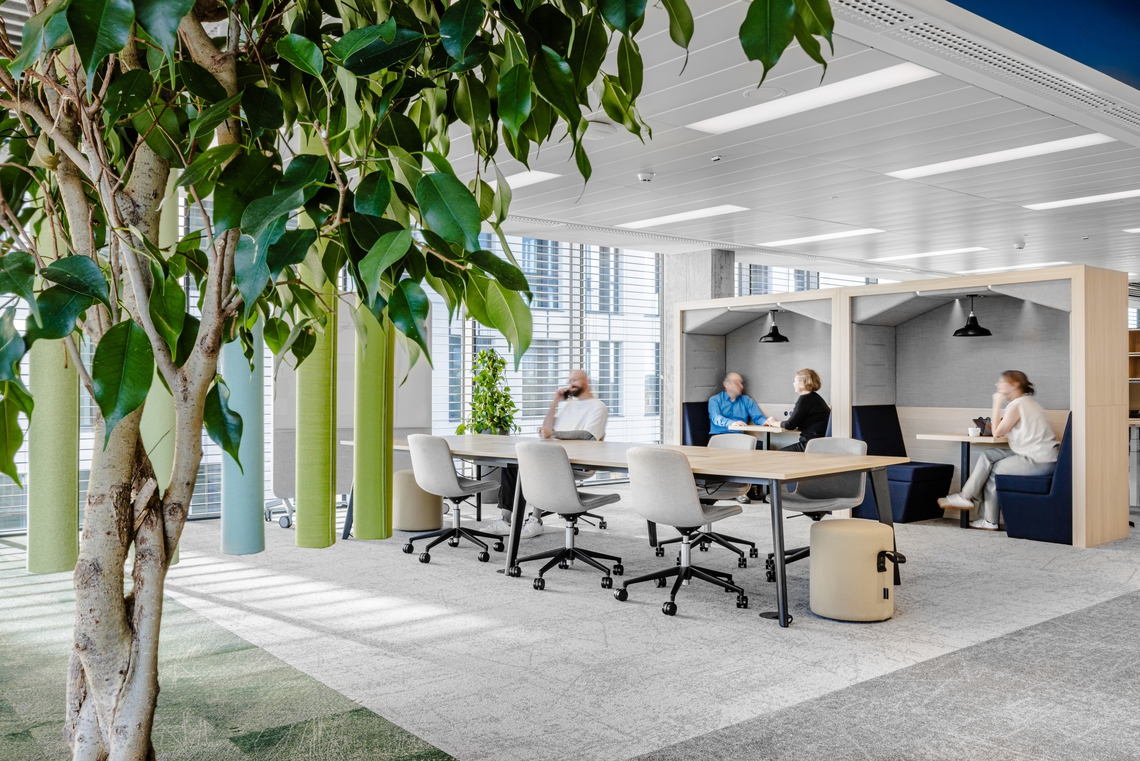
Living Building Challenge (LBC)
The Living Building Challenge (LBC) is one of the most comprehensive and performance-focused sustainability standards, with a distinctive approach compared to other frameworks. Instead of a points-based system, it uses a pass/fail method for each requirement, known as ‘imperatives’. These imperatives are grouped into seven categories, or ‘Petals’: Place, Water, Energy, Health & Happiness, Materials, Equity, and Beauty. There are 20 imperatives in total, and depending on the certification goal, some are mandatory while others are optional.
The highest level of achievement is the Living Certification, which requires fulfillment of all 20 imperatives and represents full performance. Other certification pathways include Petal Certification for partial fulfillment, as well as Zero Energy and Zero Carbon Certifications for specific focus areas.
Achieving any level of certification requires detailed documentation and evidence. For example, teams must provide Declare labels to show material transparency, along with design and construction documents, utility bills and metering to demonstrate net-positive energy performance, occupancy schedules, and other materials specific to each Petal.
After the building is operational, a minimum of 12 months of performance data must be collected, followed by a third-party audit to verify compliance. Due to the depth and detail involved, project teams often engage experienced sustainability consultants or use specialized certification tracking software to support the certification process.
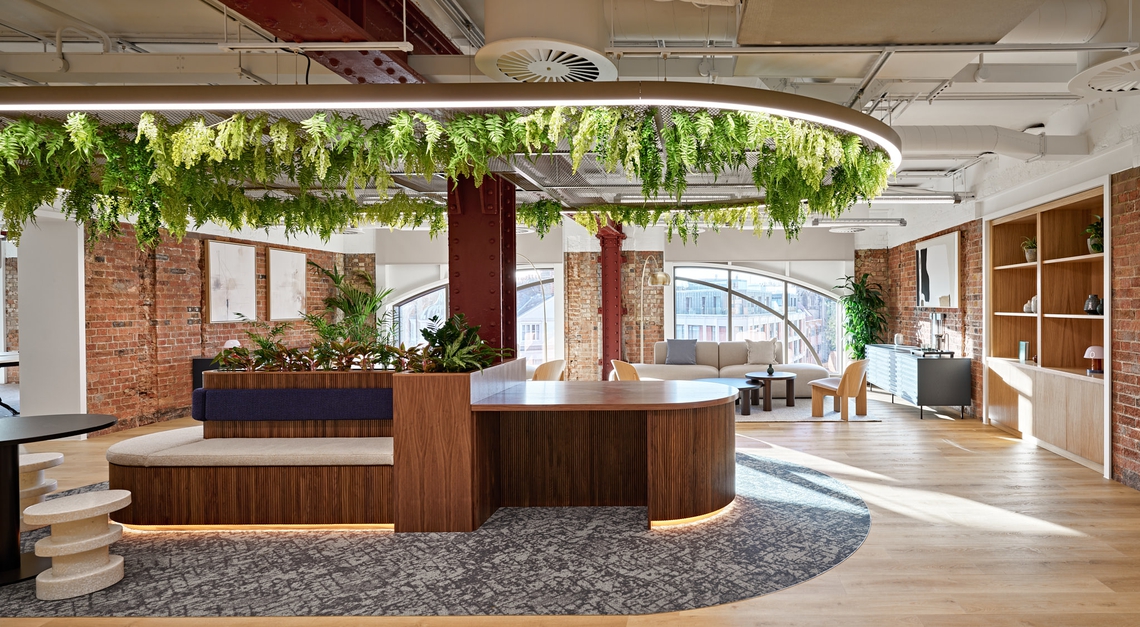
SKA
An environmental assessment tool for sustainable office fit-outs, SKA Rating is focused on energy efficiency, responsible materials sourcing and construction waste reduction in these spaces, with good practice measures. The three project types that SKA will apply to are Office, Retail and Higher Education, with a tailored set of environmental measures in each.
These measures are scored as Achieved, Partially Achieved or Not Achieved, and then weighted on environmental impact. Other factors then taken into account are the number of applicable measures to the project, how many of these are achieved and the weighting of each one.
Levels which can be reached in SKA are Bronze, Silver and Gold, with weighted percentage scores of the applicable measures achieved, of 25%, 50% and 75% respectively. Any partial achievement of measures does not count towards the percentage, but all mandatory measures must be achieved to get any rating.
SKA doesn’t have any ongoing performance tracking, but is based on the design and delivery of project.

Spacestor is able to support all five of these standards with our products, through our environmentally responsible sourcing, low-impact manufacturing and sustainable installation practices. We have the relevant information for each product available, with details on how points can be achieved, and evidential documents – please reach out to your rep or [email protected] to find out more!
Look out for our next blog, around Sustainability Standards: Debunking the Myths, and the Actions You Can Take to Achieve them.
